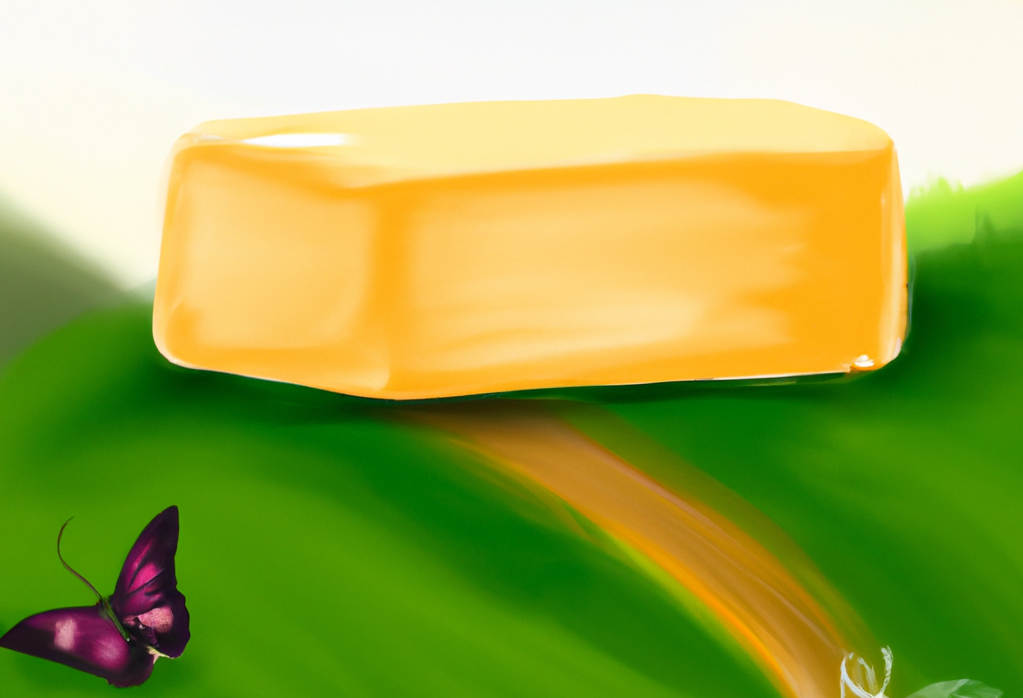
Spain's rich butter heritage
Share
Spain's Butter Industry Overview
Spain is one of the largest producers of butter in Europe, with an annual production of around 240,000 metric tons. The country has a long tradition of butter production, with some of the first recorded references to butter production dating back to the 9th century.
Butter production in Spain typically begins with the milking of cows, goats, or sheep. The milk is then collected and transported to a dairy, where it is pasteurized and churned to separate the butterfat from the buttermilk. The butterfat is then collected and molded into blocks or rolls, and is often aged for a few days to a few weeks to develop its flavor.
Spain is known for producing high-quality butter, and the country's butter is considered to be among the best in the world. This is due in part to the favorable climate and pasturing conditions in Spain, which allow for the production of high-quality milk.
Characteristics of Spanish Butter
There are several types of butter produced in Spain, including sweet cream butter, which is made from pasteurized cream and has a mild, creamy flavor; salted butter, which is made from sweet cream butter and has a salty taste; and cultured butter, which is made from fermented cream and has a tangy, slightly sour flavor.
In addition to its use in cooking and baking, butter is also an important ingredient in many traditional Spanish dishes, such as croissants, pastries, and breads. It is also used as a spread on bread and toast, and as a topping for vegetables and other dishes.
Butter production is an integral part of Spain's culinary and cultural heritage, and the country's high-quality butter is enjoyed by people all over the world.
Asturiana Region: A Butter Production Hub
The Asturiana region, located in the north of Spain, is known for its high-quality dairy products, including butter. The region's favorable climate and pasturing conditions, as well as the traditional methods used by local farmers, contribute to the production of exceptional milk, which is used to make a wide range of dairy products, including cheese, yogurt, and, of course, butter.
Butter production in the Asturiana region follows a similar process to that of butter production in other parts of Spain. The milk is collected and transported to a dairy, where it is pasteurized and churned to separate the butterfat from the buttermilk. The butterfat is then collected and molded into blocks or rolls, and is often aged for a few days to a few weeks to develop its flavor.
One of the unique features of Asturiana butter is its flavor. The region's pastures are rich in grasses and herbs, which gives the milk and, in turn, the butter a distinct and flavorful taste. Asturiana butter is also known for its high butterfat content, which gives it a creamy, rich texture.
In addition to its use in cooking and baking, Asturiana butter is also an important ingredient in many traditional dishes from the region, such as fabada asturiana, a hearty bean and sausage stew, and torta de Santiago, a almond-flavored cake. It is also used as a spread on bread and toast, and as a topping for vegetables and other dishes.
A Recipe using Butter!
Lemon Butter CakeIngredients:
- 200g unsalted butter, at room temperature
- 225g granulated sugar
- 4 large eggs
- zest of 2 lemons
- juice of 1 lemon
- 225g all-purpose flour
- 2 tsp baking powder
- 1/4 tsp salt
- 120ml milk
- Powdered sugar, for dusting (optional)
- Preheat the oven to 180°C (350°F) and grease and flour a 20cm (8 inch) round cake pan.
- In a large mixing bowl, cream the butter and sugar together until light and fluffy. Add the eggs one at a time, mixing well after each addition. Stir in the lemon zest and lemon juice.
- In a separate bowl, whisk together the flour, baking powder, and salt. Gradually add the flour mixture to the butter mixture, alternating with the milk, and mix until just combined.
- Pour the batter into the prepared cake pan and smooth out the top.
- Bake the cake for 35-40 minutes or until a toothpick inserted into the center comes out clean.
- Remove the cake from the oven and let it cool for 10 minutes before removing it from the pan. Place it on a wire rack to cool completely.
- Once cooled, dust the top with powdered sugar, if desired.
- Enjoy the delicious lemon butter cake with a cup of tea or coffee.
1 comment
Spanish butter is an absolute disappointment. It’s closest to Irish margarine. Irrespective of the different types of butter none compare to ‘real’ butter.